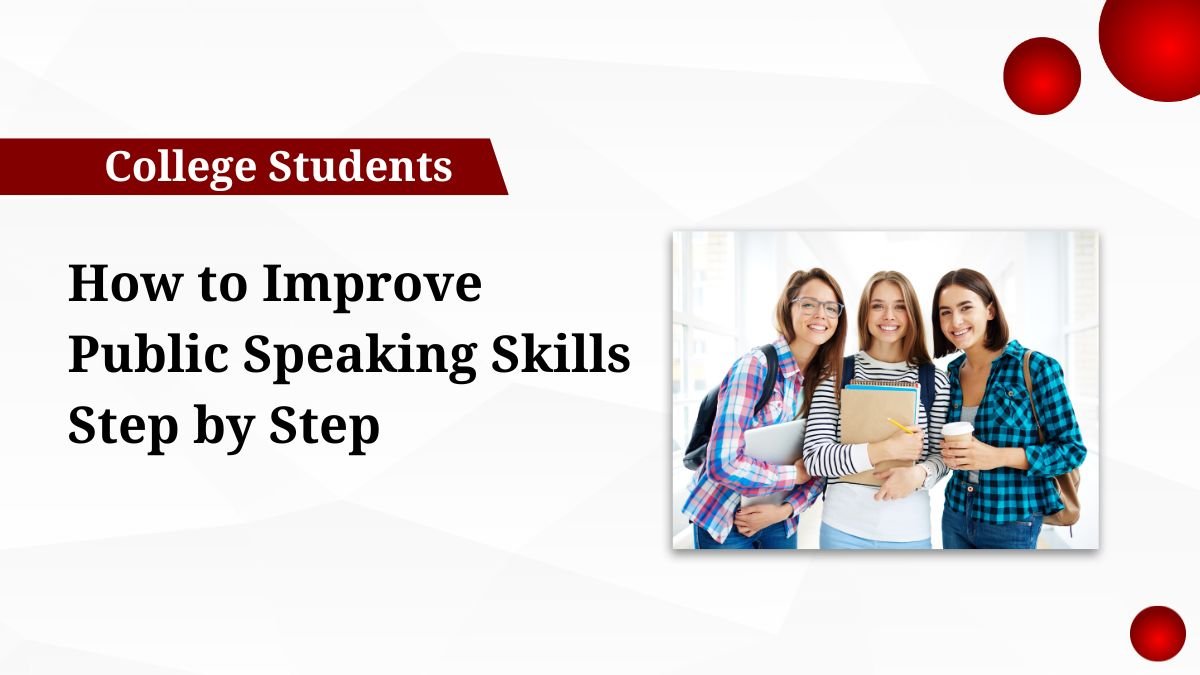The field of health science is vast, challenging, and deeply rooted in both theoretical knowledge and practical application. Whether you are pursuing nursing, medicine, pharmacy, physiotherapy, public health, or any related branch, success demands not only hard work but also smart and strategic learning techniques.
From memorizing drug names to understanding human anatomy and disease mechanisms, health science students are expected to retain and apply a massive amount of information. Just rote memorization won’t cut it.
Here are the top study techniques that can help you learn effectively, retain better, and excel in exams as well as clinical settings.
1. Understand Instead of Just Memorizing
Memorization alone won’t help you master subjects like pathology, pharmacology, or physiology. Deep conceptual understanding is key.
How to improve understanding:
- Teach it to yourself: Explain the concept aloud as if you are teaching a friend or even a child.
- Use the Feynman Technique: Read any topic as if you’re explaining it to someone with no background in the subject.
- Make mind maps or diagrams: Visualizing how systems interact makes complex ideas clearer.
Example: Studying the nervous system? Create a large diagram showing how nerves connect different parts of the body.
2. Adopt Active Learning Instead of Passive Reading
Simply reading the book over and over is called passive learning, and it’s less effective. Instead, engage actively with the content.
Tips for active learning:
- Make notes in your own words.
- Create flashcards for drugs, diseases, and lab tests.
- Quiz yourself or use quiz platforms to practice recall.
- Join group discussions to explore various viewpoints.
- Work on hypothetical patient cases to simulate clinical thinking.
Example: Imagine a patient has high fever and cough. Think through how you’d diagnose and treat them based on what you’ve learned.
3. Use Visual Tools to Enhance Learning
Health sciences require you to visualize anatomy, disease pathways, and drug mechanisms.
Helpful visual tools:
- Diagrams and flowcharts: Break complex processes into visual steps.
- Colour coding: Use consistent colors for systems (e.g., red for circulatory, blue for nervous).
- Mind maps: Link symptoms, causes, and treatments in a structured layout.
- Apps like Anki or Quizlet: Use digital flashcards with images and spaced repetition.
4. Make a Proper Study Schedule
Time is precious in a demanding course. Time management helps you cover more with less stress.
How to plan effectively:
- Divide your syllabus by weeks.
- Try the Pomodoro Technique – 25 minutes study, 5-minute break.
- Focus on difficult topics first, when your energy is highest.
- Allocate specific revision slots each week.
5. Focus on High-Yield Topics
Some topics appear more frequently in exams and clinical cases. These are your “high-yield” areas.
How to find them:
- Review previous years’ question papers.
- Ask seniors or mentors about important topics.
- Use online resources like NEET PG, NExT to find commonly tested questions.
- Make a list of recurring themes and revise them often.
6. Use Mnemonics and Acronyms
When you have to remember large volumes of information, mnemonics come to the rescue.
Useful examples:
- Cranial Nerves: “Oh Oh Oh To Touch And Feel Very Green Vegetables AH”
- Symptoms of Hypercalcemia: “Stones, Bones, Groans, and Psychiatric Overtones”
Create your own mnemonics – the sillier, the better (you’ll remember them longer!).
7. Use the Power of Digital Resources

Today’s technology makes studying smarter and more engaging.
Top recommended apps and websites:
- Lecturio, Osmosis, Kenhub – for expert video lectures and animations.
- Amboss, UpToDate – trusted for up-to-date clinical guidance.
- Anki – for creating spaced-repetition flashcards.
- Figure 1 – to explore real-life clinical images and cases.
- Notability or GoodNotes – for taking clean, organized digital notes.
8. Connect Theory with Practical Application
Applying what you study builds not only memory but also confidence in clinical settings.
How to apply theory:
- Be attentive during labs and clinical postings.
- Watch real patient interviews, surgeries, or X-ray readings on platforms like YouTube or Medtube.
- Ask doctors and seniors why a diagnosis or treatment was chosen.
- Practice clinical reasoning in mock scenarios.
9. Revise Regularly to Retain Better
Without revision, most information fades in days. Build a system to refresh knowledge periodically.
Smart revision strategies:
- Use spaced repetition (revisit topics on Day 1, Day 3, Day 7, etc.).
- Dedicate one day a week to revision only.
- Create summary charts, one-page notes, cheat sheets for quick recaps.
10. Take Care of Your Body and Mind
You can’t help patients if you’re not well yourself. Self-care improves your study output and well-being.
Daily wellness tips:
- Sleep for 6–8 hours a night.
- Eat healthy meals on time.
- Do light exercise or yoga to stay fit.
- Practice meditation or deep breathing to reduce anxiety.
Bonus Tips for Long-Term Success
11. Study in Groups — Wisely
Group studies can boost retention if done right.
- Limit to 3–5 focused peers.
- Pick a topic and discuss roles.
- Quiz each other and correct misconceptions.
12. Simulate Exam Conditions
Practice as if you’re in a real exam.
- Solve mock papers under time limits.
- Review and learn from your mistakes.
13. Know Your Learning Style
Everyone learns differently. Identify your style:
- Visual: Diagrams, videos
- Auditory: Listening to lectures
- Reading/Writing: Textbooks and notes
- Kinesthetic: Hands-on practice
Final Thoughts: Study Smart, Save Lives
Health science isn’t just about passing exams — it’s about preparing to heal people. So focus not just on working hard, but also working smart.
Use these techniques to:
- Deepen understanding
- Retain knowledge longer
- Build confidence for clinics and exams
- Maintain your own well-being along the way
With consistency, strategy, and care, you can become a competent and compassionate health professional.







